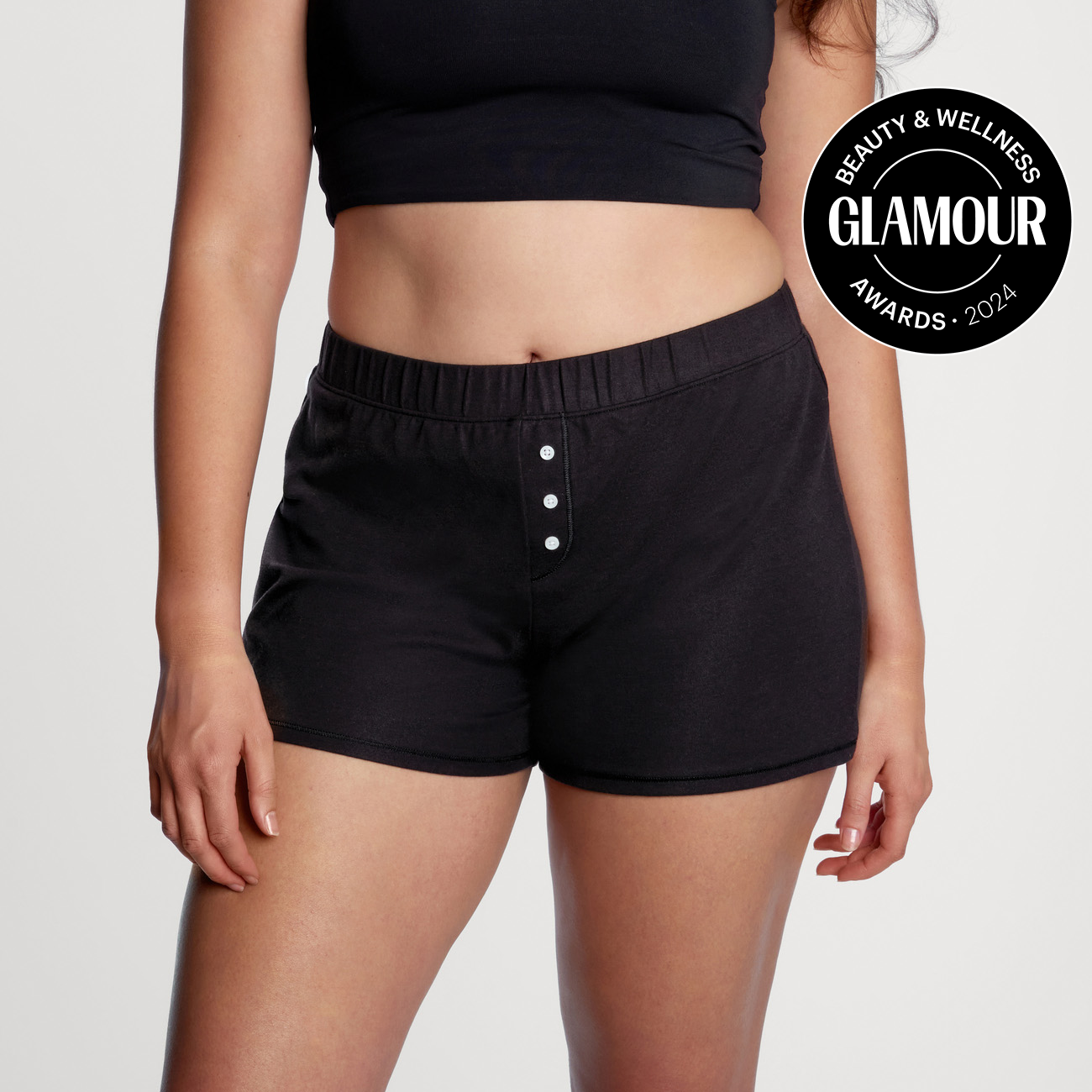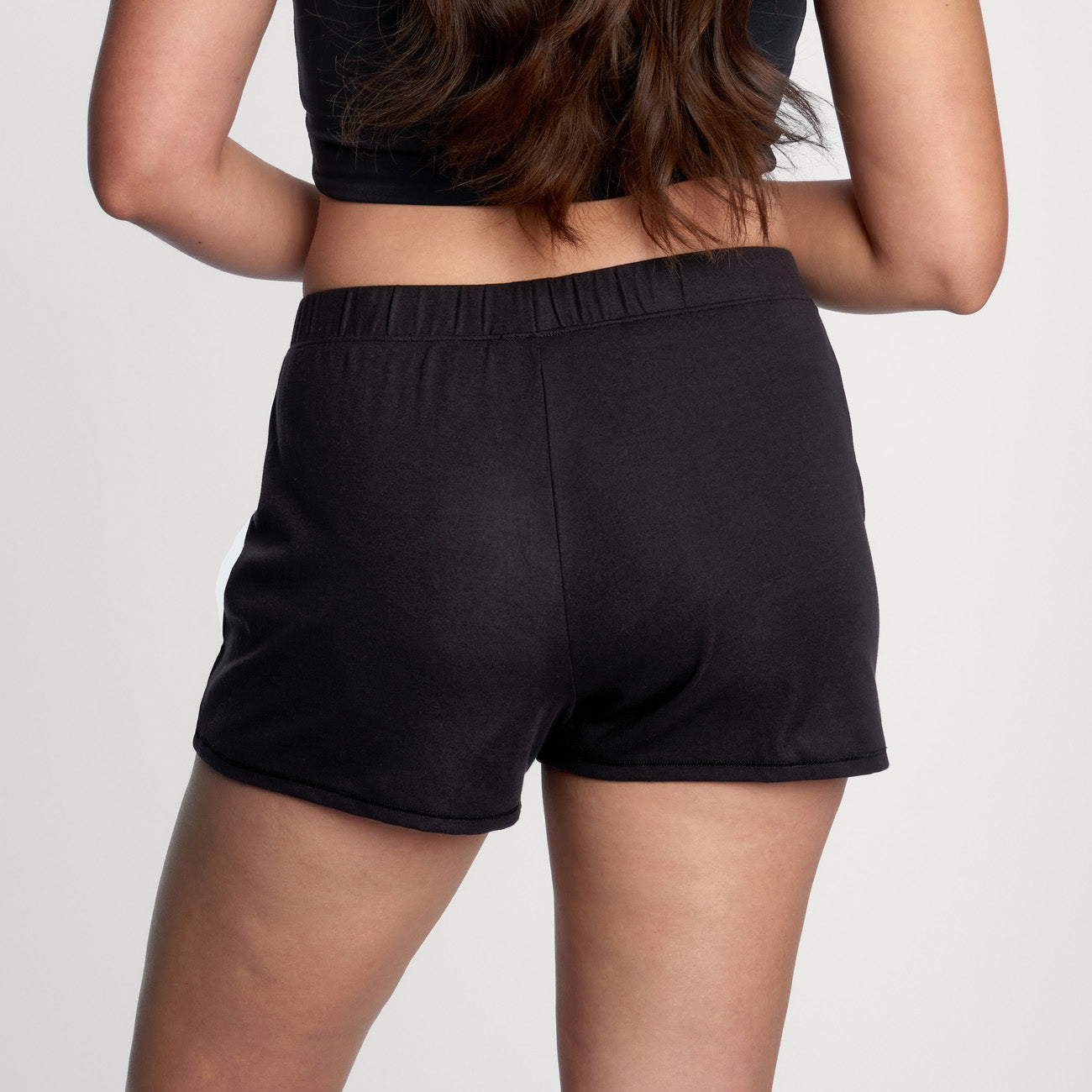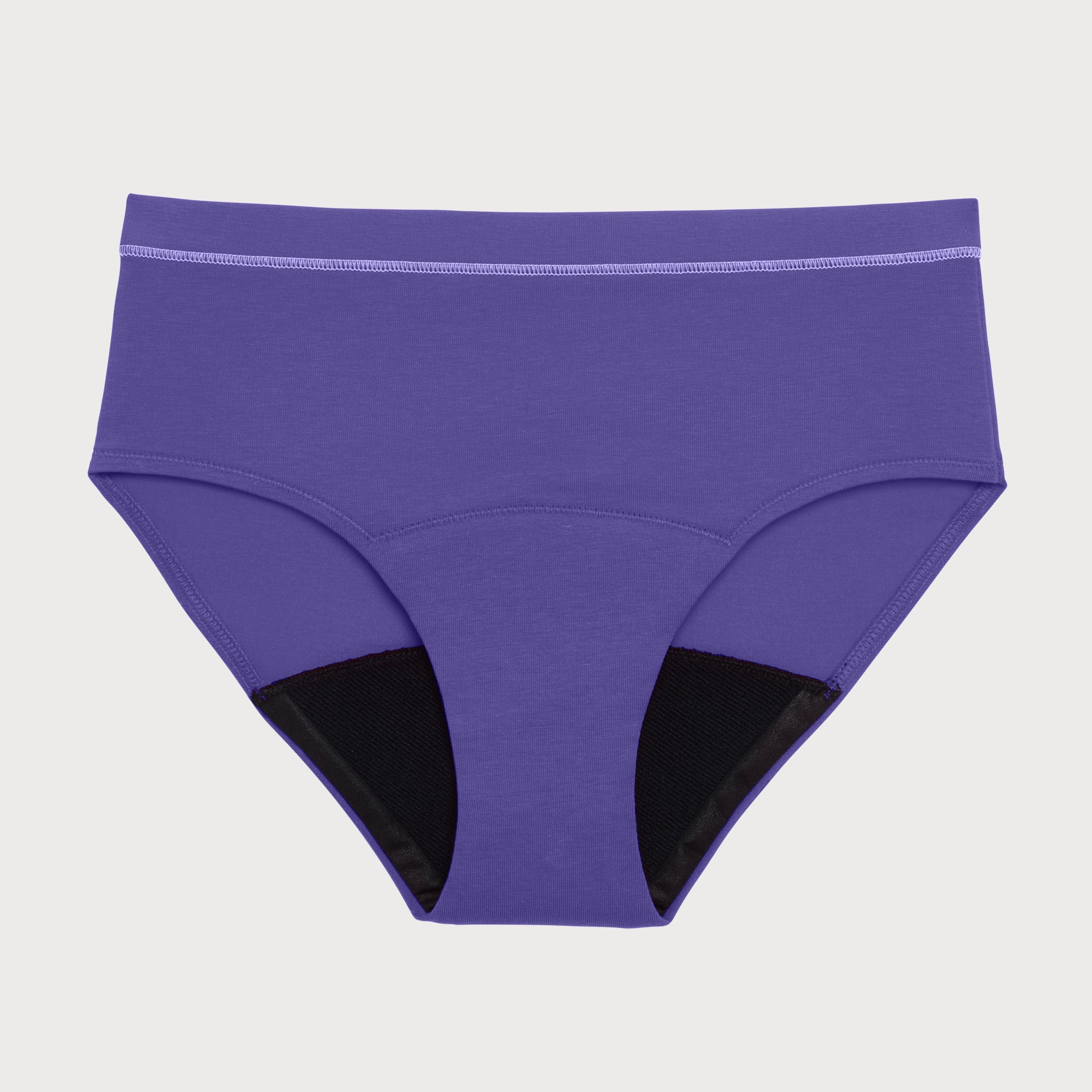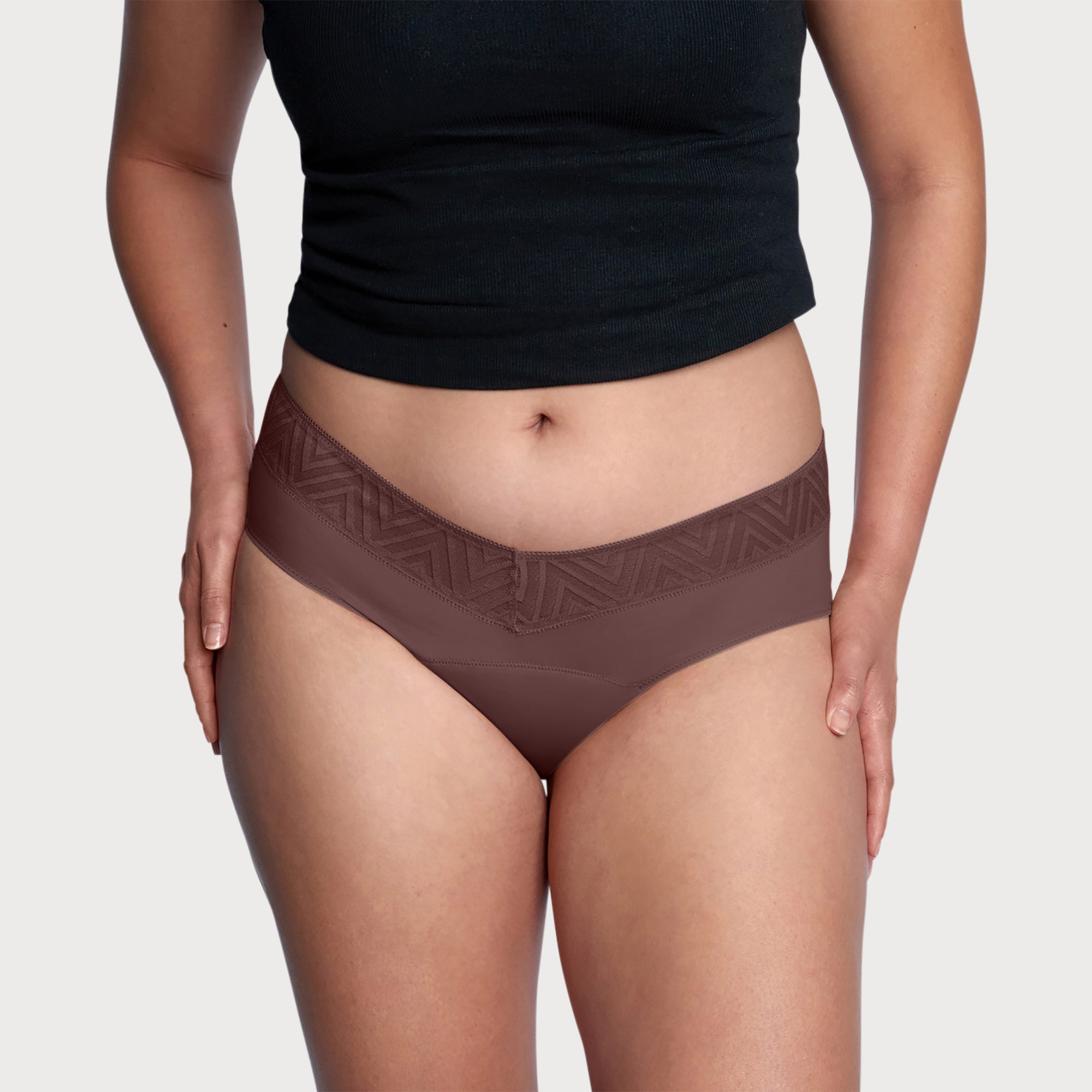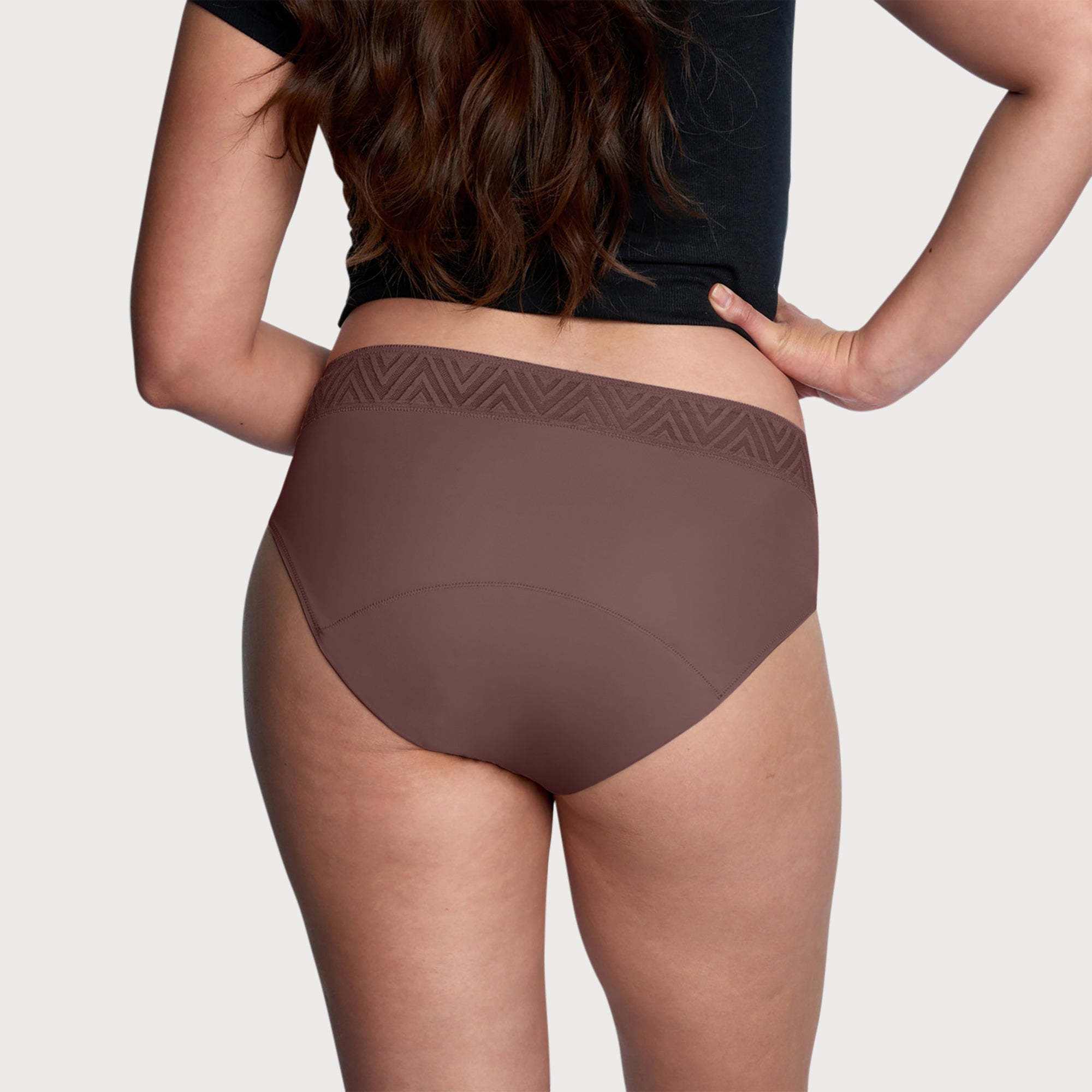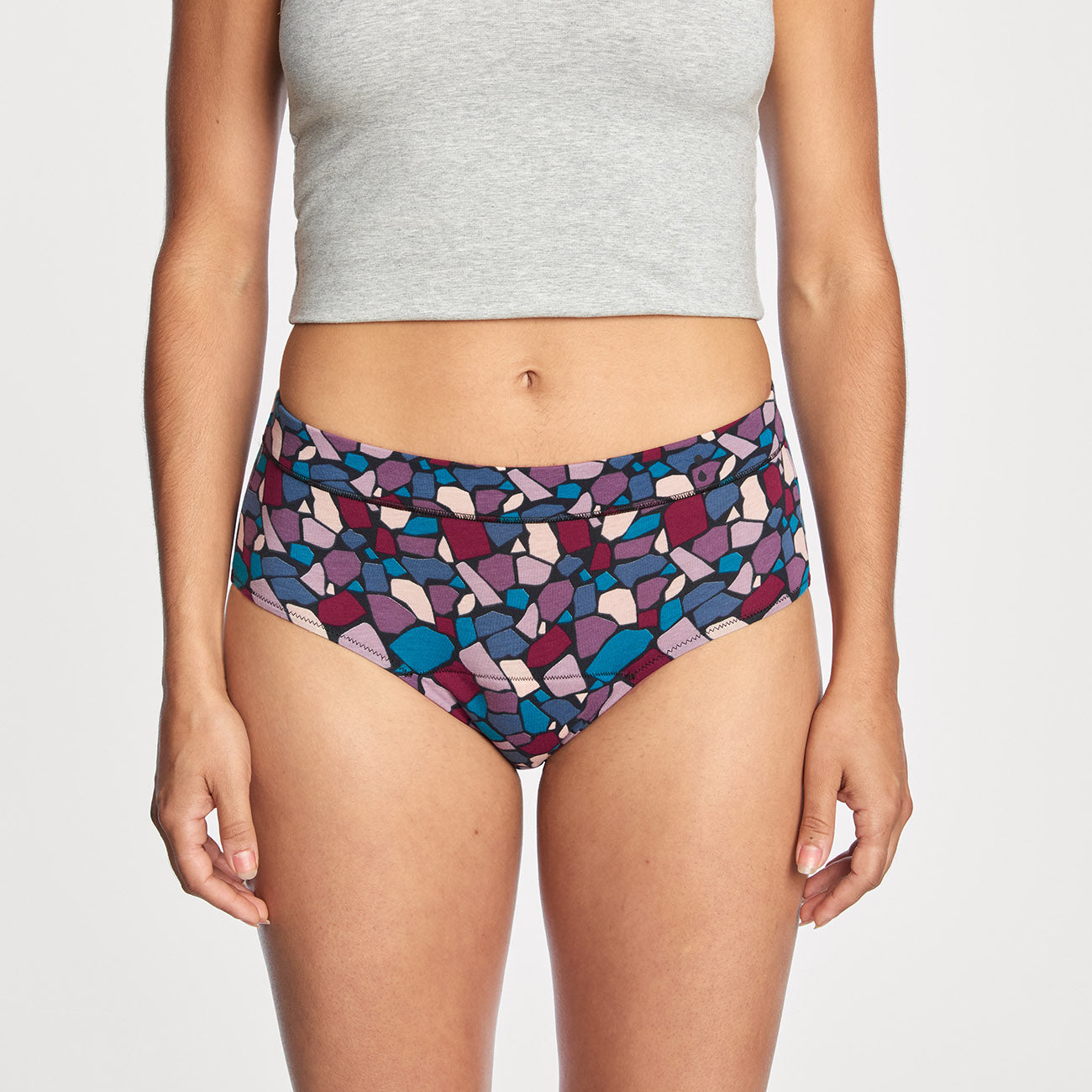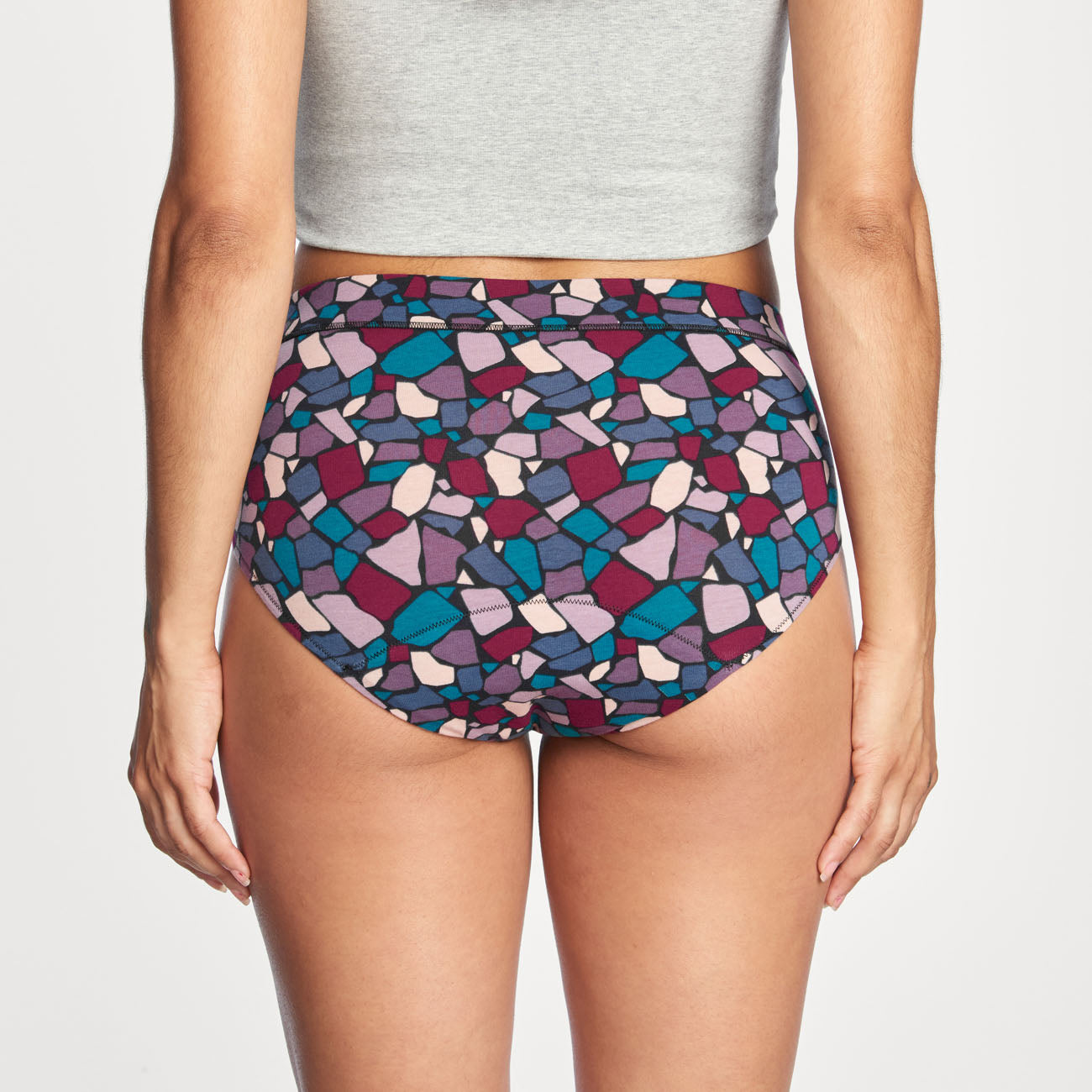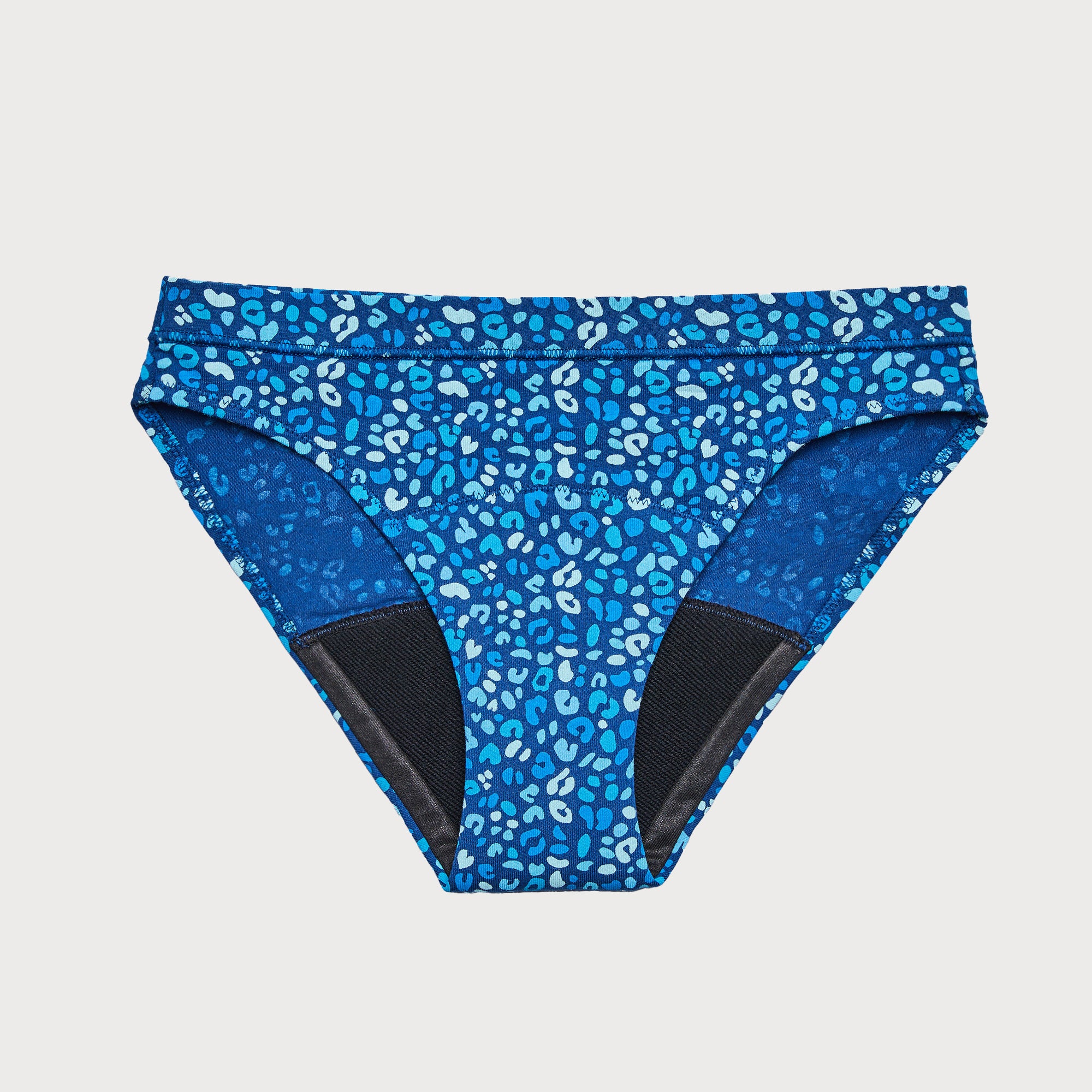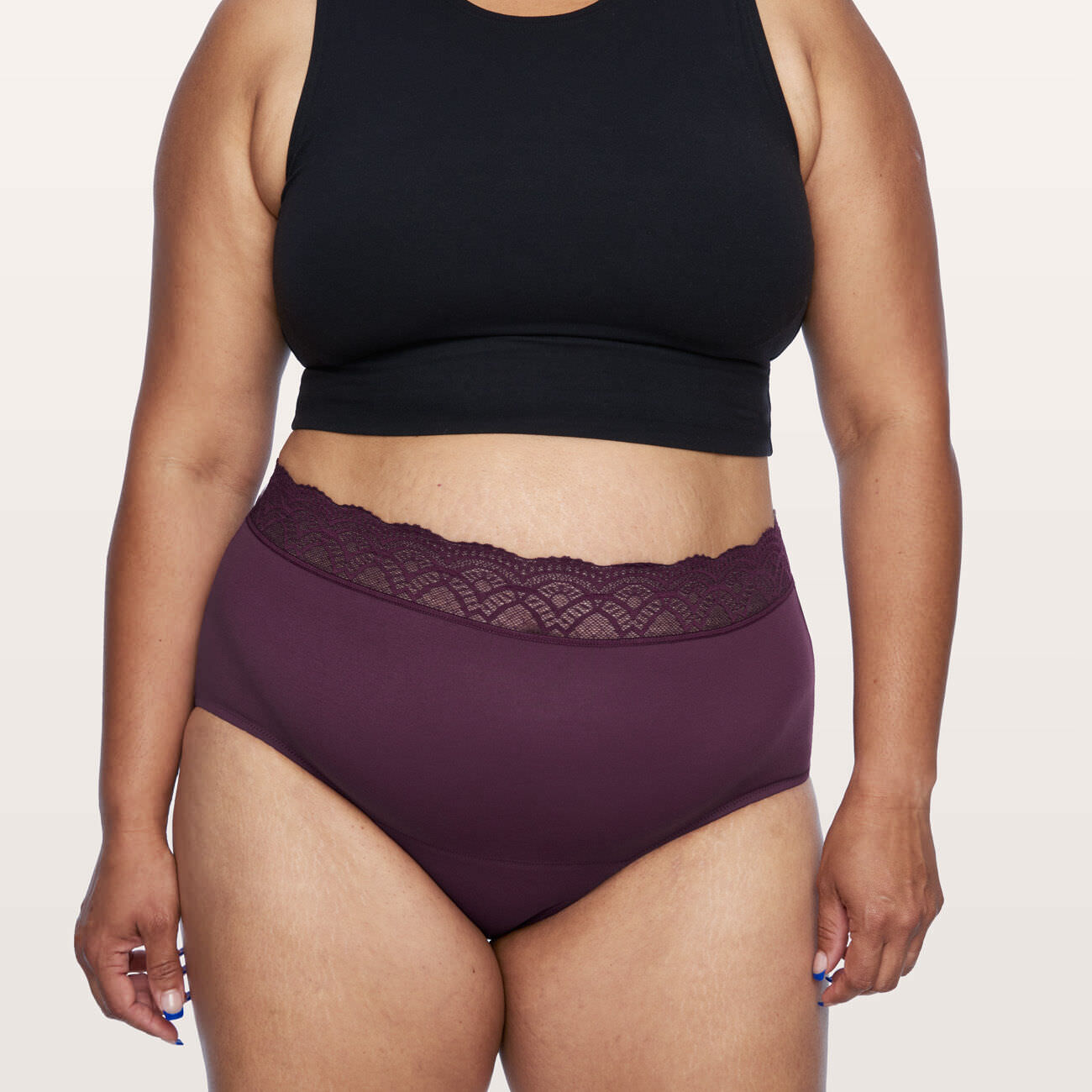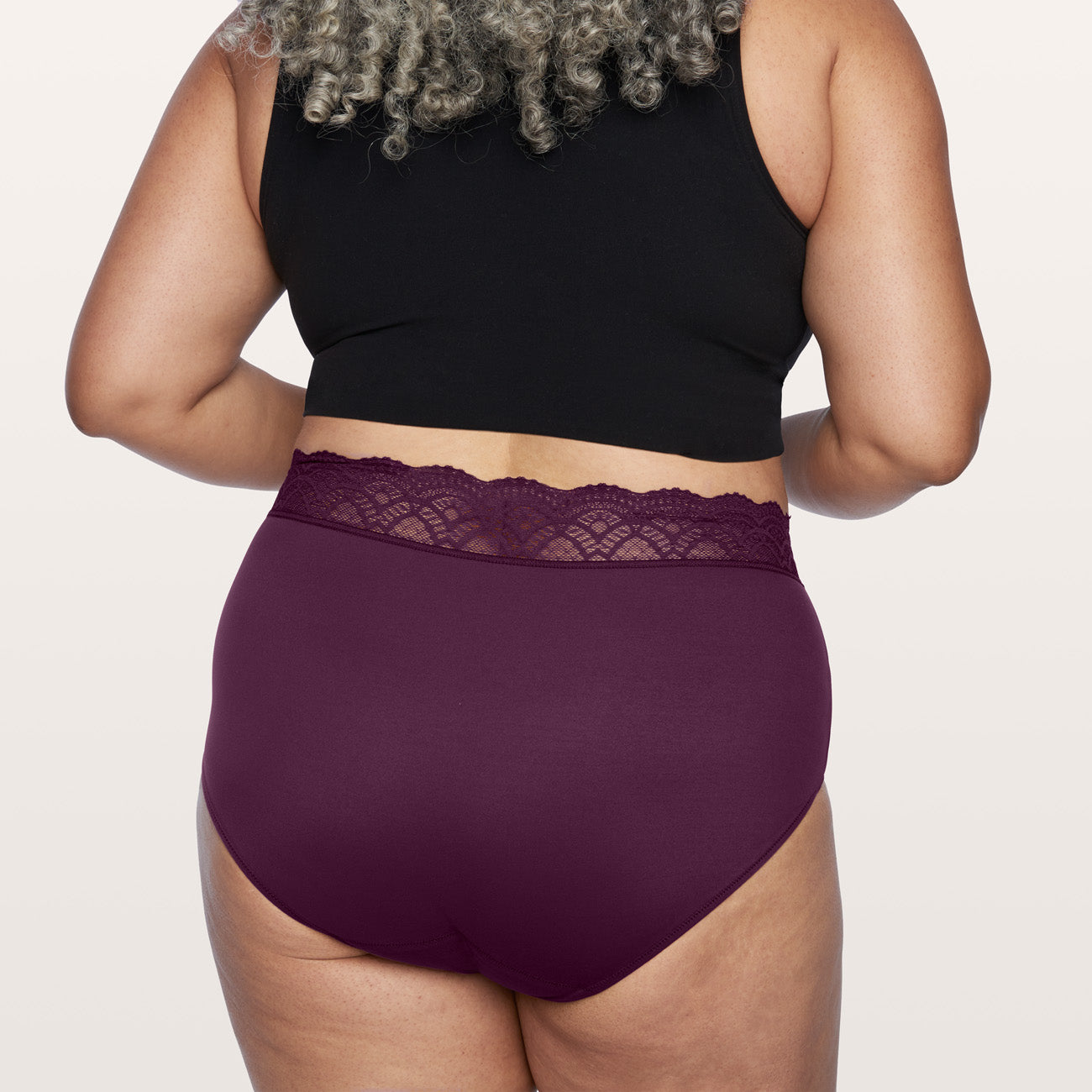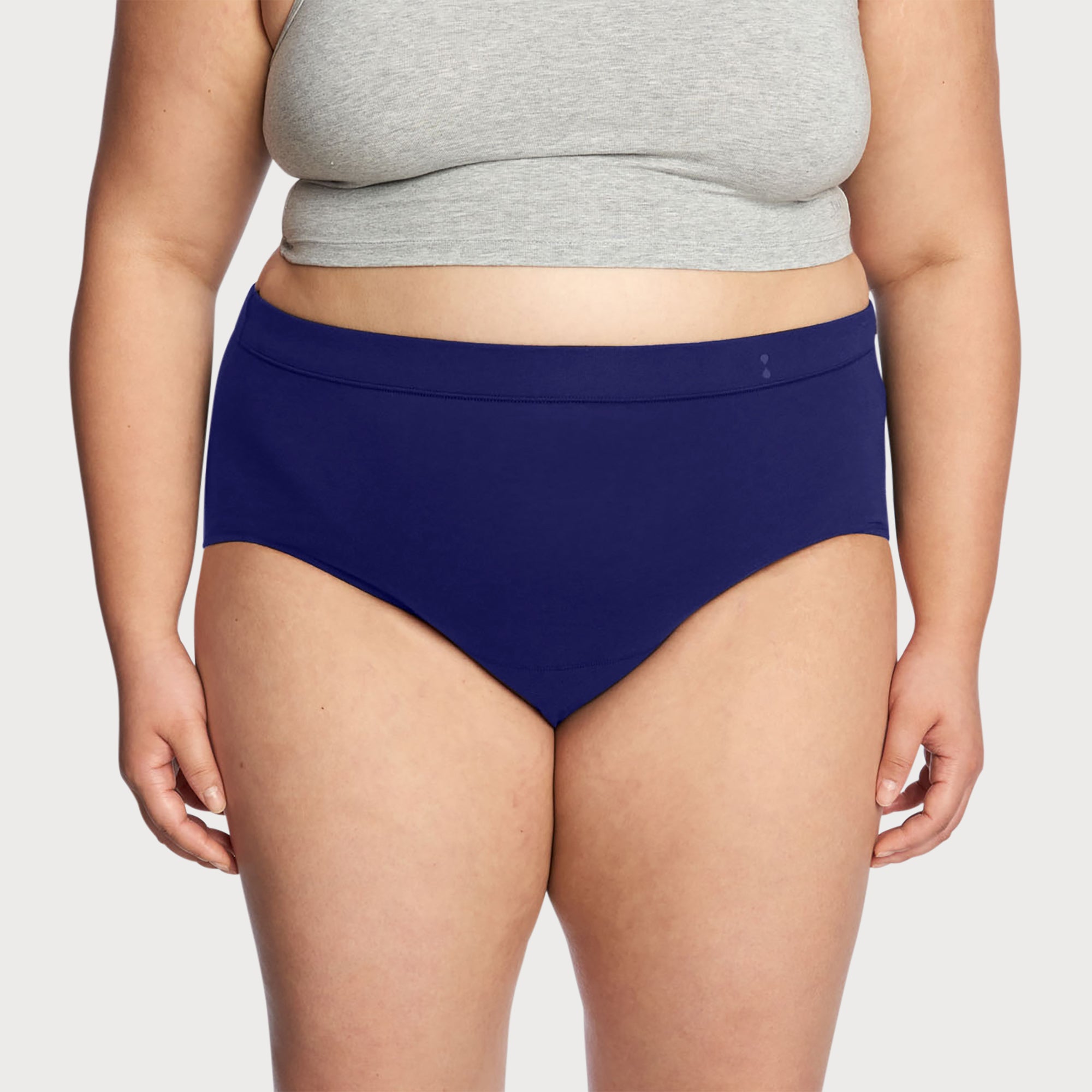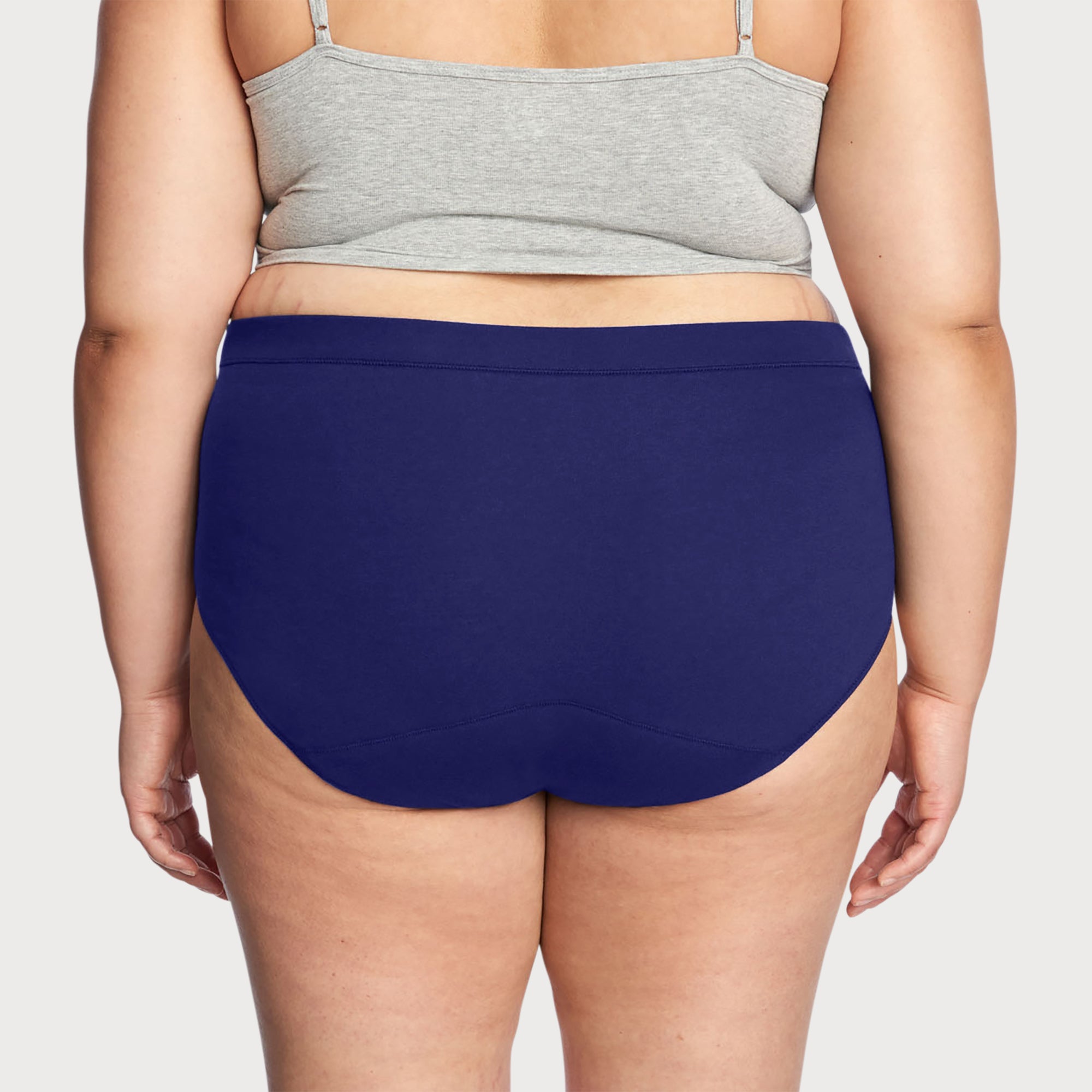Period
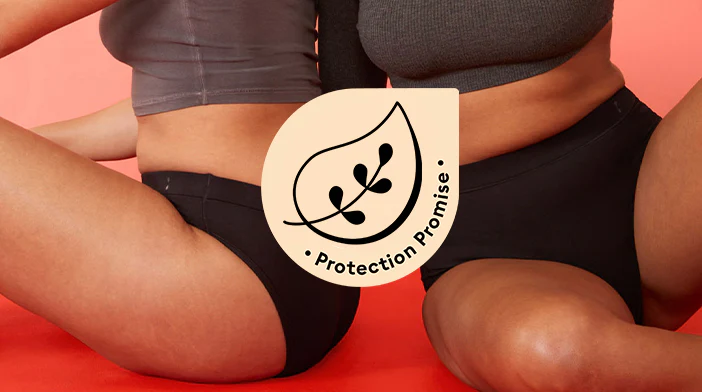
our protection promise
A promise that our products are safe – from the very first thread to the finished panty. A promise that our products are designed without PFAS or any harsh substance on our Clean Commitment List. And a promise that we’ll give you the plain facts of what your underwear is made of (what it isn’t) and why. Protection. That’s not only what we do, but it’s our promise to you.
putting your safety first
We care deeply about the materials used in our products, putting comfort and safety at the core of our design, development and manufacturing.
This is why we’ve created Our Protection Promise and are sharing our Clean Commitment List, which consists of hundreds of substances that we restrict from use in our products in accordance with laws, regulations, and global textile standard organizations such as OEKO-TEX® and AFIRM, and certain substances that may be considered harmful, toxic, or carcinogenic.
All of our ingredients and materials are carefully selected. We use third-party, internationally recognized labs, to conduct product testing – helping us keep our promise that our underwear is safe from the first thread to the final panty. In fact, you can see examples of our PFAS test results here.
Plus, we have controls in place to help ensure our manufacturers and suppliers uphold our strict product safety and quality requirements and expectations. We work incredibly hard to keep our promises and to make our products without PFAS or any of the harsh substances on our Clean Commitment List.
However, we also know manufacturing products can be complex, and it is possible that even though we restrict the substances on the Clean Commitment List from our products, trace amounts within regulatory guidelines might still be detected. This is why we work with our manufacturers and suppliers to continuously improve and evolve our processes and to help address this.
We hope our Clean Commitment List and this Protection Promise provides you with the clarity and assurances to feel great about wearing Thinx.
Clean Commitment List
Below are examples of some of the types of substances that are restricted from our products. For a complete list see here.
Alkylphenols
Alkylphenols are synthetic compounds derived from phenols and have a wide range of applications, such as use in raw materials for surfactants and synthetic resins like phenolic resins. Alkylphenols are used to manufacture detergents, laundry products, cleaning products, hair care products, lubricants, softeners and spinning oils (e.g., yarn), and more.
Bisphenols
Bisphenols, such as Bisphenol A (BPA) and Bisphenol B (BPB), are synthetic chemical compounds and produced in large volumes. Bisphenols are primarily used to manufacture epoxy resins, polycarbonate plastics, and thermal paper. They are found in various products including food and beverage packaging (e.g., water bottles, coatings on metal food cans) and containers, eyewear, water dispensers, and reusable beverage bottles.
Chlorinated Phenols
Chlorinated phenols are synthetic compounds composed of phenols with substituted chlorines. Chlorinated phenols commonly used in pesticides and as preservatives for leather materials and textiles. They are also used as wood preservatives, antiseptics, disinfectants, and dyes.
Chlorinated Paraffins
Chlorinated paraffins are mixtures of several carbon chain lengths with varying degrees of chlorination. Chlorinated paraffins are chemicals typically used as a plasticizer for polyvinyl chloride (PVC), an additive for paints and coatings to improve water resistance, and a flame retardant for fabrics, plastics, paints, and coatings.
Formaldehyde
Formaldehyde is widely used to make home building products, medical laboratories, and mortuaries. Formaldehyde also occurs as a byproduct from all combustion processes, such as forest fires, automotive exhaust, and cooking. Low levels of formaldehyde also occur naturally in a variety of fruits and vegetables, including apples, carrots, and bananas. Formaldehyde may be found in personal care products, like cosmetics and hair care products, in the form of antimicrobial/antifungal preservatives to keep products fresh.
Formaldehyde Donors (Releasers)
Formaldehyde donors, also referred to as formaldehyde releasers, are preservatives that deliver a small amount of formaldehyde throughout a product's shelf-life. They protect the cosmetic and personal care products against the growth of microorganisms during storage and, most importantly, during use by consumers. A number of preservatives fall under this category, such as DMDM (dimethyl-dimethyl) hydantoin, Imidazolidinyl urea, Quaternium-15, and Sodium Hydroxymethylglycinate.
Methylene Chloride
Methylene chloride is predominantly used as a solvent in various applications. Methylene chloride is found in various industries including paint stripping, paint remover manufacturing, pharmaceutical manufacturing, photographic film manufacturing, and household cleaners. It may also be found in some pesticide and aerosol products.
Per- and Polyfluorinated Substances (PFASs) and Related Compounds
Per- and polyfluorinated substances (PFASs) are synthetic organofluorine chemical compounds with various properties and typically used to resist heat, stains, oils, water, and grease, which gives them their unique purpose in manufacturing. PFASs and related compounds are typically found in a wide range of products, such as cleaning products, water resistant fabrics (e.g., rain jackets and umbrellas), nonstick cookware, and personal care and cosmetic products (e.g., nail polish, dental floss, shampoo, and eye makeup). Pesticides Pesticides are substances used to control, repel, or kill pests. Pesticides, including fungicides, herbicides, and insecticides, are widely used in agriculture and as treatments for textiles, plastics, paints, adhesives, and coatings. Pesticides are typically used to treat these products to protect them from microorganisms (e.g., fungi, bacteria, and viruses).
Phthalates
Phthalates, also referred to as plasticizers, are a group of chemicals used to make plastics more durable, flexible, and longer lasting and primarily used to soften polyvinyl chloride (PVC). The most commonly used phthalates are diisononyl phthalate (DINP), diisodecyl phthalate (DIDP), dipropylheptyl phthalate (DPHP), di (2-ethylhexyl) phthalate (DEHP), dibutyl phthalate (DBP), and benzyl butyl phthalate (BBP).



